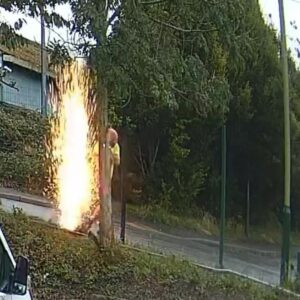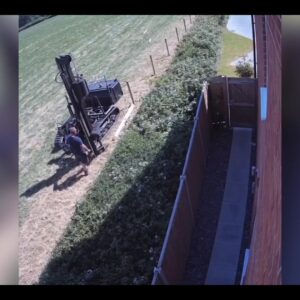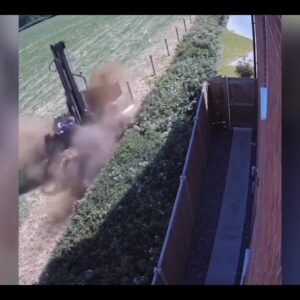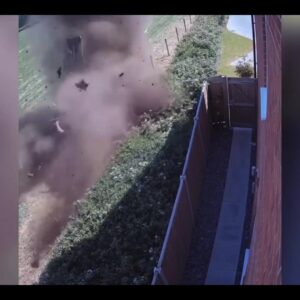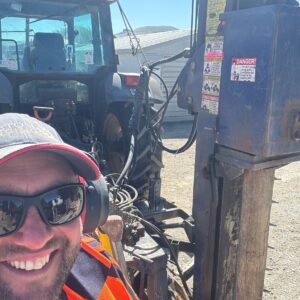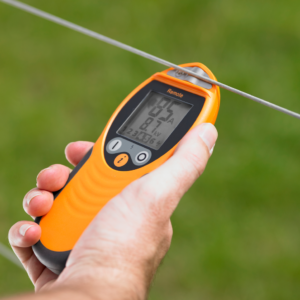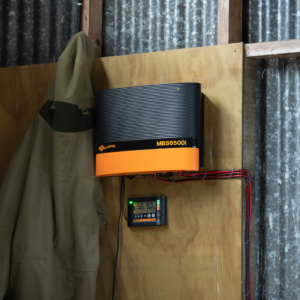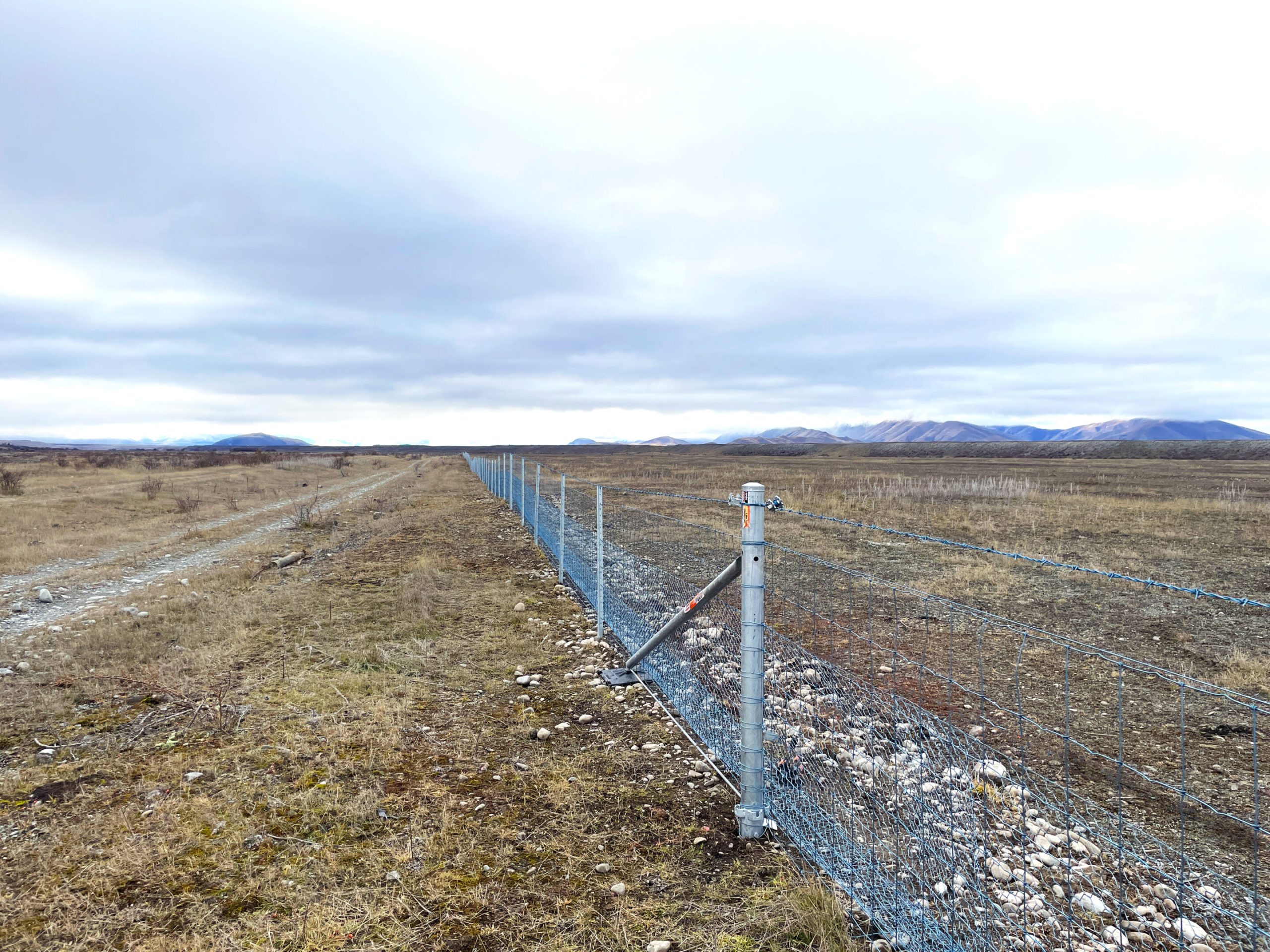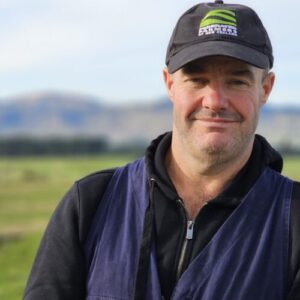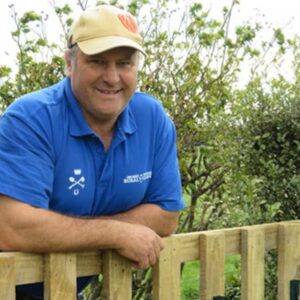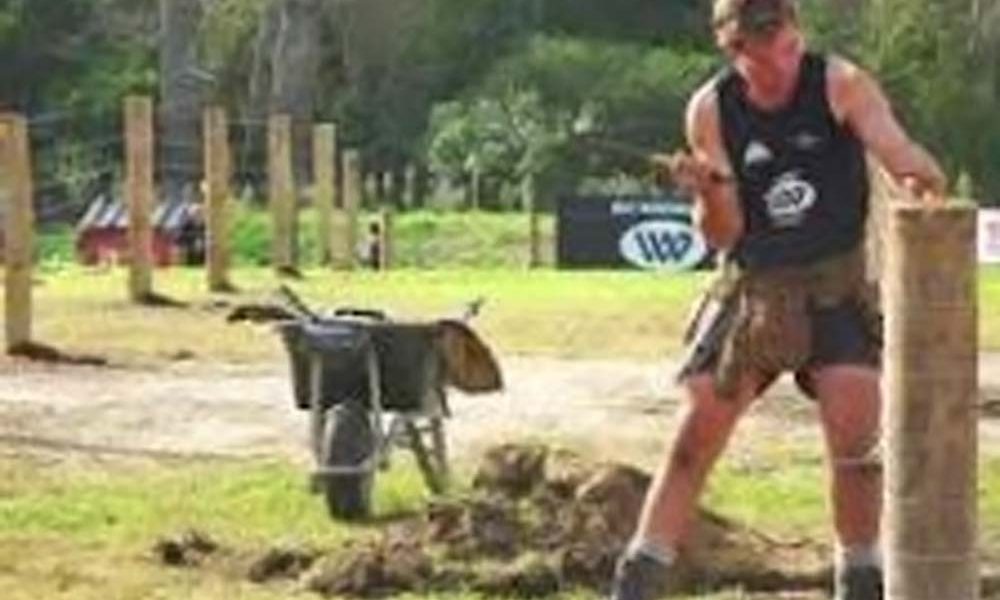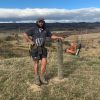
Planning is well underway for what looks to be yet another excellent FCANZ Conference this August.
Open to all current FCANZ members and their partners, this three-day event will once again provide delegates with unrivalled networking (aka socialising) opportunities, a forum in which to share ideas and learn new business-best practice tips, and the chance to have a say in how the Association operates. You’ll also meet key industry suppliers and see the latest and greatest fencing tools and techniques.
WEDNESDAY 6 AUGUST
National Fencing Field Day (NFFD)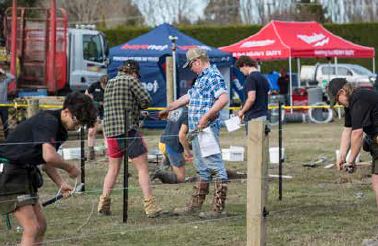
Join us at the 5th annual NFFD to see the latest fencing gear, watch best practice demos, talk with exhibitors and challenge fellow fencing contractors to win great prizes in the FCANZ Games. If you are driving, enter your vehicle in the “Show Us Your Toolbox” competition and be in to win, thanks to the Milwaukee team. This competition is open to both FCANZ members and non-members, with prizes for each category.
Last year, we introduced the Secondary Schools Fencing Competition, and we’re delighted to confirm that it is returning this year. Watch the students duke it out against each other and see if the girls can outperform the boys for the quality awards – and whether anyone can knock Geraldine High School off the overall top spot! Travel to and from, and entry into the NFFD are complimentary with your Conference25 ticket.
For the long-suffering partners who aren’t keen on spending the day in the field with their other half, we’ll once again be running the popular Ladies Who Lunch outing. Your FCANZ ‘hostess with the mostest’ will take you on a fabulous day filled with delicious food, interesting activities, and wonderful company. Book early though, as spaces are limited!
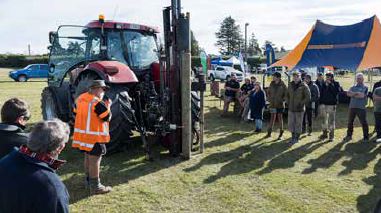
Mix & Mingle Dinner*

Our ever-popular Mix & Mingle dinner is being held this year at Finn’s Bistro & Beer Garden, right in the middle oftown. Come along, enjoy a casual catch-up with old acquaintances, and meet new people. We’ve got a space reserved just for us, so feel free to head down once you’re back from the National Fencing Field Day.
*Food and drinks at this event are not included in your Conference25 ticket.
THURSDAY 7 AUGUST
Conference25 & AGM – Lake Taupō Yacht Club
The National Fencing Field Day and the activities day on Friday have all come about from the need for FCANZ, as an Incorporated Society, to hold an Annual General Meeting every year, which means that Thursday is our “serious business” day. You’ll hear a report on what the Board has achieved in the previous 12 months and an update on what is planned for the next 12 months.
This is followed by the AGM, during which the Board will be decided, and any Association rule changes will be voted upon. Three of the seven Board positions will be up for renewal this year due to our retirement-by-rotation policy. If you have been considering being involved in the direction of the Association, then now is your chance. While the incumbents may look to stand again, this doesn’t stop others from standing. If there are more nominations than positions, it will go to a confidential vote, with the results notified later in the day. Nomination forms and role descriptions will be available on our website in April.
The learning part of the Conference programme follows the AGM. We’ve asked Infometrics Chief Economist Brad Olsen to come back again and update us on where the economy is at 12 months later. The day will also include our Member Feedback Forum, when you, as a member, are invited to comment on Association activities and contribute to the forward direction of FCANZ.
Gala Dinner & FCANZ Awards – Lake Taupō Yacht Club
Once the Conference sessions have finished for the afternoon, you’ll have the chance to change into your glad rags and meet us in town for a well-earned beverage before heading back to the Yacht Club for our semi-formal dinner and awards ceremony.
There will be prizes for the best dressed, so make sure you put in a good effort!
FRIDAY 8 AUGUST
Activities Day
We love planning the activities day for our delegates – and this year is no exception! Once again, we’ve decided to keep the plans for the activities on the down-low until much closer to the day. Check out our Facebook page and the June edition of WIRED for more info about what we’ll be doing.
Dinner on the Lake
A stay in Taupō isn’t complete without some form of water activity. For the final dinner of our 2025 Conference programme, we’re heading out on the lake for a 3-hour charter cruise with the team from Chris Jolly Outdoors. We’ll raft up at the Ngatoroirangi Mine Bay Maori Rock Carvings and enjoy a tasty BBQ dinner before returning to shore.
(If the weather isn’t great, we’ll head to a sheltered bay instead.)
Getting there
Taupō is a relatively easy drive from most cities in the North Island, and thankfully, State Highway 1 through the Desert Road will be open by the time delegates need to use it! Taupo also boasts a reasonably well-serviced airport. If you decide to fly, let us know when your flight lands, and we’ll see if we can arrange transport for you.
Where to stay
There are hundreds of accommodation options in and around Taupo to suit every budget, from backpackers and B&Bs to motels, hotels, and lodges. Choose the option that works best for you. The Board will be staying at the Acacia Lake View Motel, right in the middle of town, so feel free to join us there.
We’ll let delegates know where the Board will meet each day for breakfast or evening beverages (when there isn’t a planned location), and you are more than welcome to join us.
Tickets
Early Bird tickets are $390+GST per person and are available until June 30th, 2024.
From July 1st, tickets will be at full price – $450+GST per person.
Book your ticket now and lock in your spot – numbers are strictly limited!
www.fcanz.org.nz/conference
Learn more about Taupō at www.loveTaupo.com
*Please note that details are subject to change
Published in WIRED issue 76/March 2025 by Fencing Contractors Association NZ
You may also like: Fencing Industry Excellence Recognised at 2024 Awards
Read WIRED online
Follow us on Facebook
© Fencing Contractors Association NZ (FCANZ)






